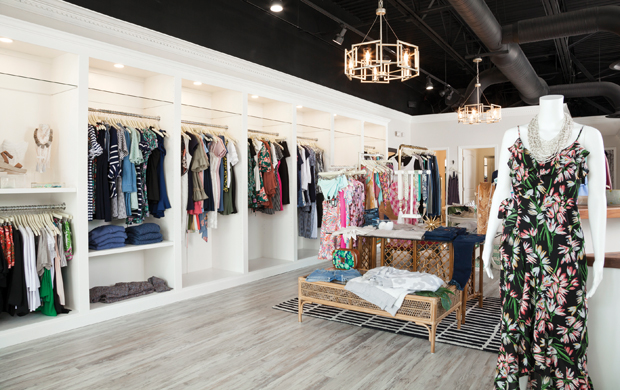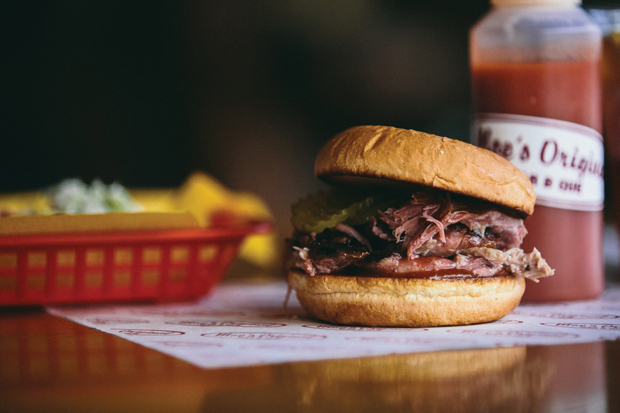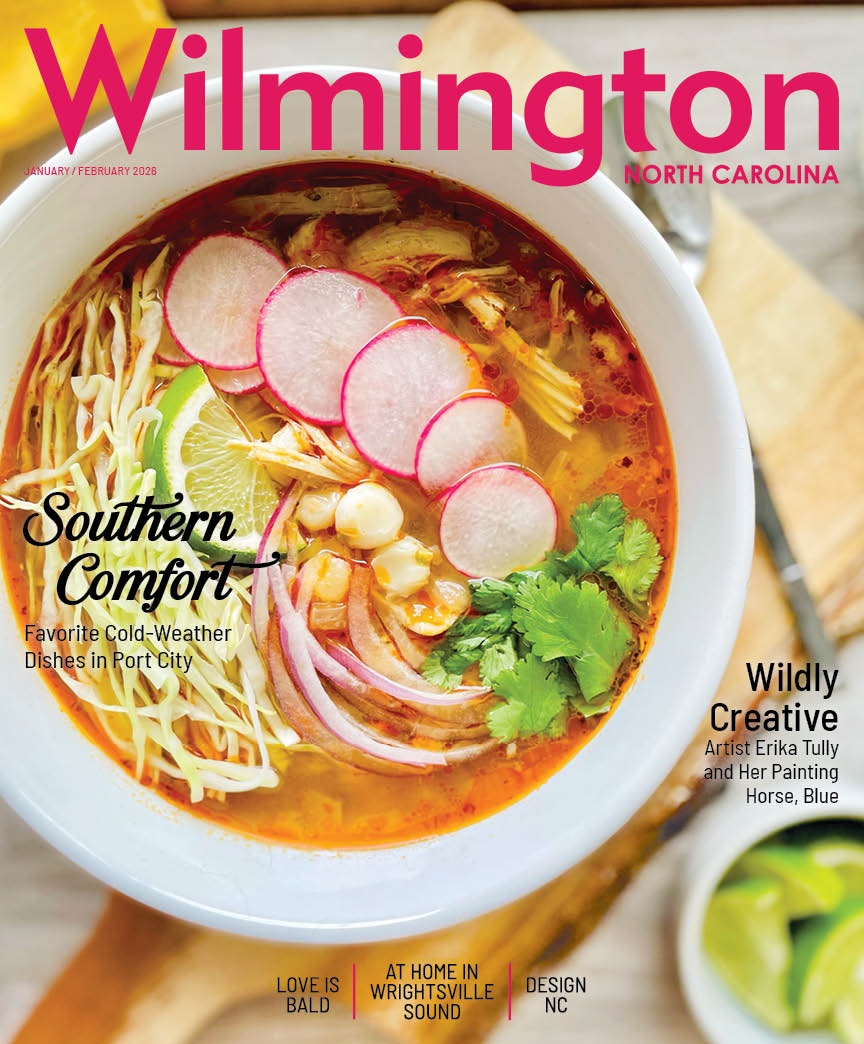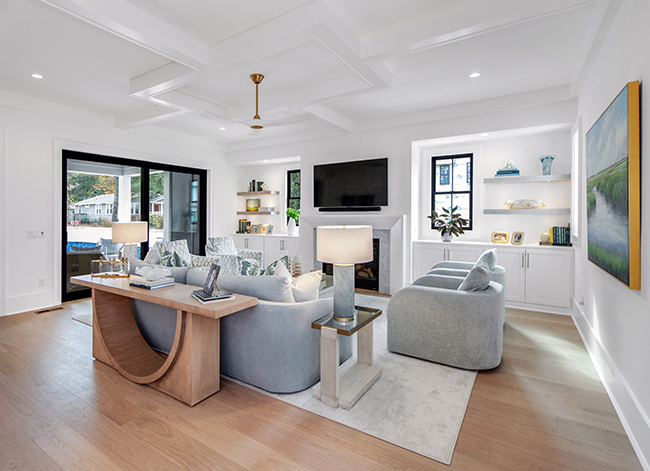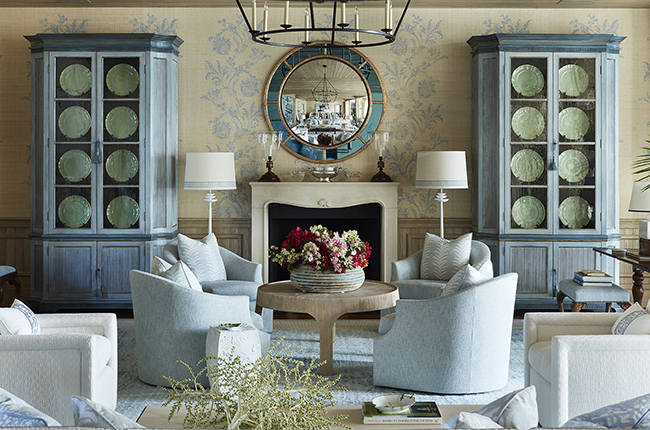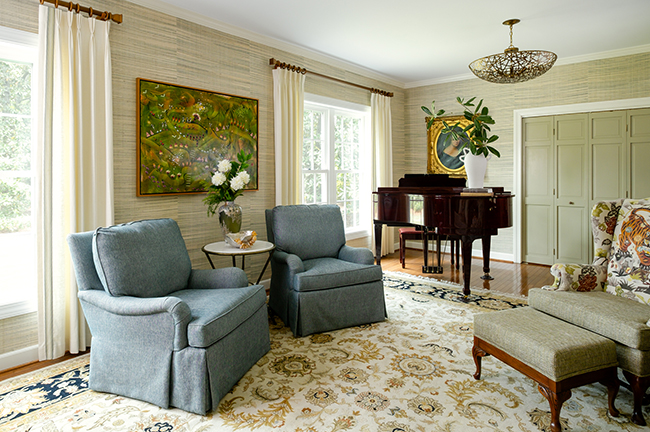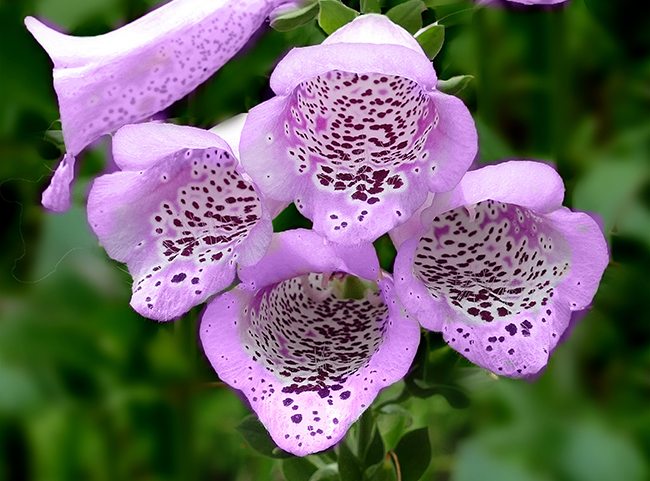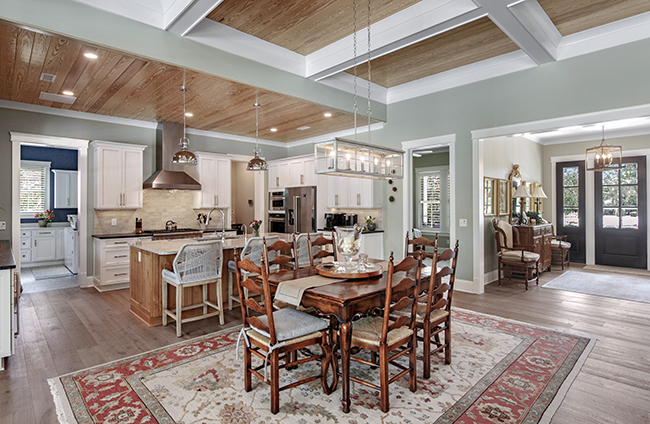Going for the Golds
09 Sep 2018
Advice and tips from our garden experts
By TERI ERRICO GRIFFIS
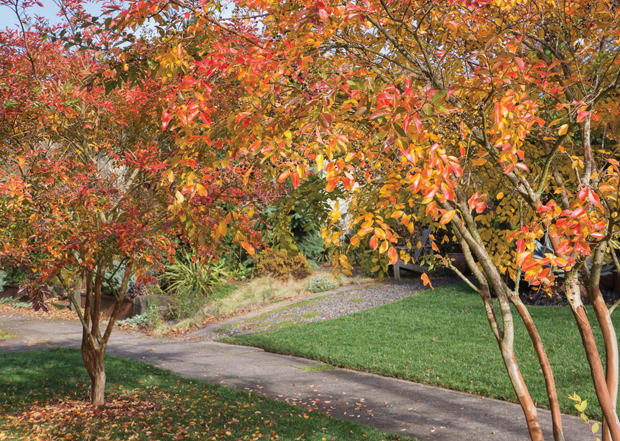
No matter where you live in the country, autumn conjures up images of burnt oranges, golden yellows and fiery reds falling from trees. Here in the South, however, reality is typically a much greener, and warmer, season—but that doesn’t mean you still can’t get that fall foliage flair. Diandre Sunner, Lead Landscape Designer, assures you that you can have a garden that’s ever changing, not just evergreen.
To create an inspirational fall scene, you need to find the right trees. Two of Sunner’s favorites for their incredible colors are Japanese Maples and Dogwoods. “Japanese Maples put out a brilliant red almost through the Christmas season down here, and Dogwoods give off really vibrant colors,” Sunner says, noting fall colors here in the Lowcountry start showing around October through November.
The key to laying out your landscape, Sunner says, is planting deciduous trees—those that have an interesting spike of color before their leaves drop each year.
Another small but striking tree that thrives here in the Cape Fear region is the Crape Myrtle. In the spring and summer, pink, purple and white flowers bloom—and in the fall the tree flourishes with orange and yellow leaves. “It’s a four-season interest tree,” Sunner notes, which means it provides blossoms, fruits or berries, autumn leaves and colorful bark in the winter.
For a rich red color, try planting a Serviceberry Tree—named after its relationship to church services. There are nine variations, and while mostly common to the Northeast, they flourish in full sunlight here in the South.
“Then you have larger landscape trees, which are great for more rural and larger lands. Sweet Gum trees have really great fall colors, as do White Oaks and Red Maples. A Bald Cypress also has a really beautiful burnt orange, yellowish color when it drops its needles,” Sunner says. “Plant those in the backyard for interesting colors, especially Ginkgos. They have a really cool leaf that turns yellow. It drops its foliage all at once leaving your yard a vibrant golden color.”
If your property isn’t fit for trees, many shrubs will provide that same fall foliage. In fact, the right variety of blueberries or Oakleaf Hydrangea can produce bright red leaves for the season. “Oakleaf Hydrangea hold onto that foliage for a while, and Beautyberry bushes have a yellowish fall color if you want a woodsy, less manicured look.” (Beautyberry bush’s fruit actually turns a vibrant purple into the winter if you’re planning ahead!)
“With deciduous,” Sunner says, “you just have to be thoughtful that it will be bare in the winter months, especially shrubs or small trees. It’s going to be sticks essentially. So as you plan out your landscape, you’ll want to hide it with lower plants that stay evergreen in front of it.”
Her recommendation is to plant varieties—not a foundational planting of only hydrangea, for example, which would leave your garden looking bare come January. “Arrange something in front of and behind it so it’s not a complete hole when it’s gone.”
If you’re concerned about the periods of bare branches, Sunner again returns to the Japanese Maple with its interesting zig-zagging branches or the Natchez Crape Myrtle for its multi-colored look of peeling bark—both visually appealing in the winter. Chinese Elm, River Birch and Sycamore trees also have interesting bark. “At eye level on a patio, the leaves may fall but you’ll enjoy looking at the bark all season long,” Sunner says.
“When searching for form of a plant, for the structure and trunk,” she suggests, “you want something that when all the leaves fall off, they still have that pretty form and you really can enjoy it.”

